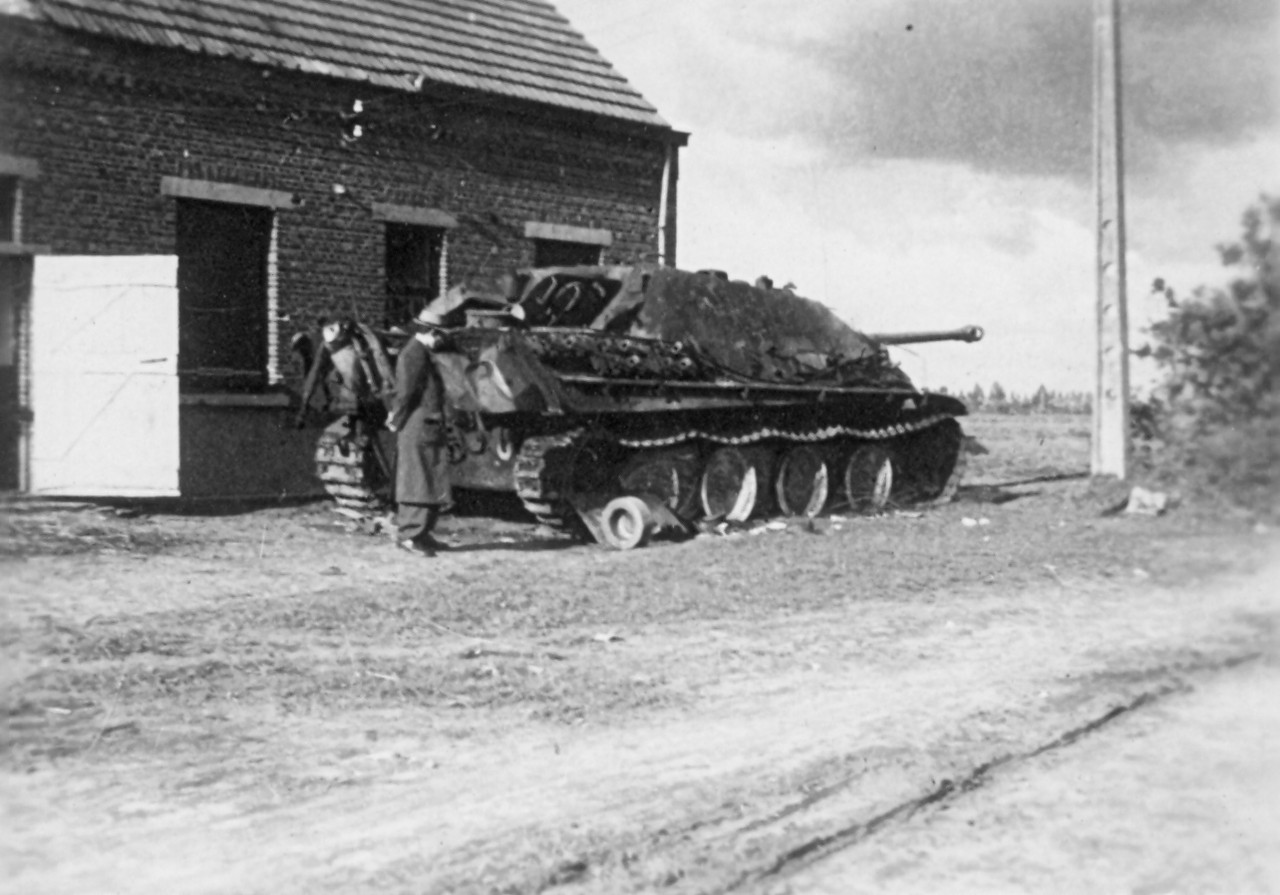Antwerp had been liberated, but the Germans were entrenched behind the Albert Canal. The Command of the British 50th Northumbrian Infantry Division chose to cross the canal at Geel. The British set up a brigade at Geel-Punt and one at Geel-Stelen.
After the smooth advance through France and the rapid liberation of Antwerp, the Allies expected an easy crossing, but things turned out differently. The Germans reorganised and awaited the British. The 'Battle of Geel' became one of the heaviest battles of the liberation on Belgian territory, due to the high number of casualties, the great destruction and the intensity of the fighting.
On the night of 7-8 September, the British launched their offensive one kilometre east of Geel-Punt. The first attempt to cross the Albert Canal at Stelen started at 6.30pm the next day. German defensive fire immediately followed from the other side. Despite the shelling and several losses, the British brigade managed to cross the canal in stormboats.
On the evening of 9 September, the Germans counterattacked. A hellish, chaotic night ensued. Small groups of German and British soldiers became intertwined. The German infantry could count on armoured anti-tank artillery. Still, no German breakthrough came.
Finally, the two British brigades were able to unite their bridgeheads on 10 September. It ran from Poiel via the Thorn Tree to Wilders. The next step was the recapture of Geel-Centrum. This did not succeed until 13 September.
